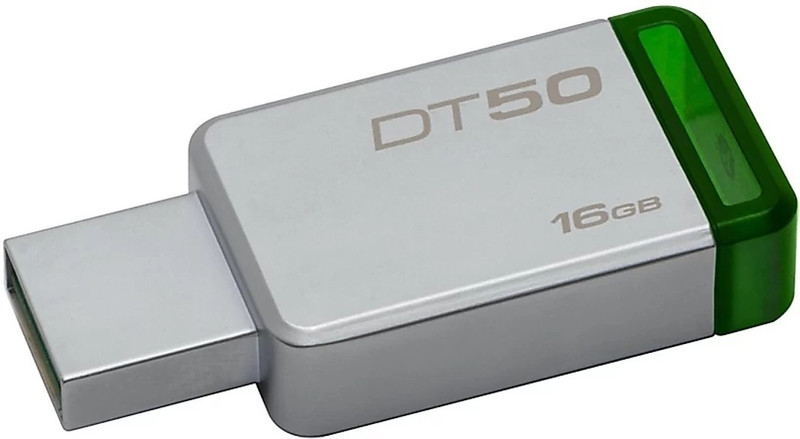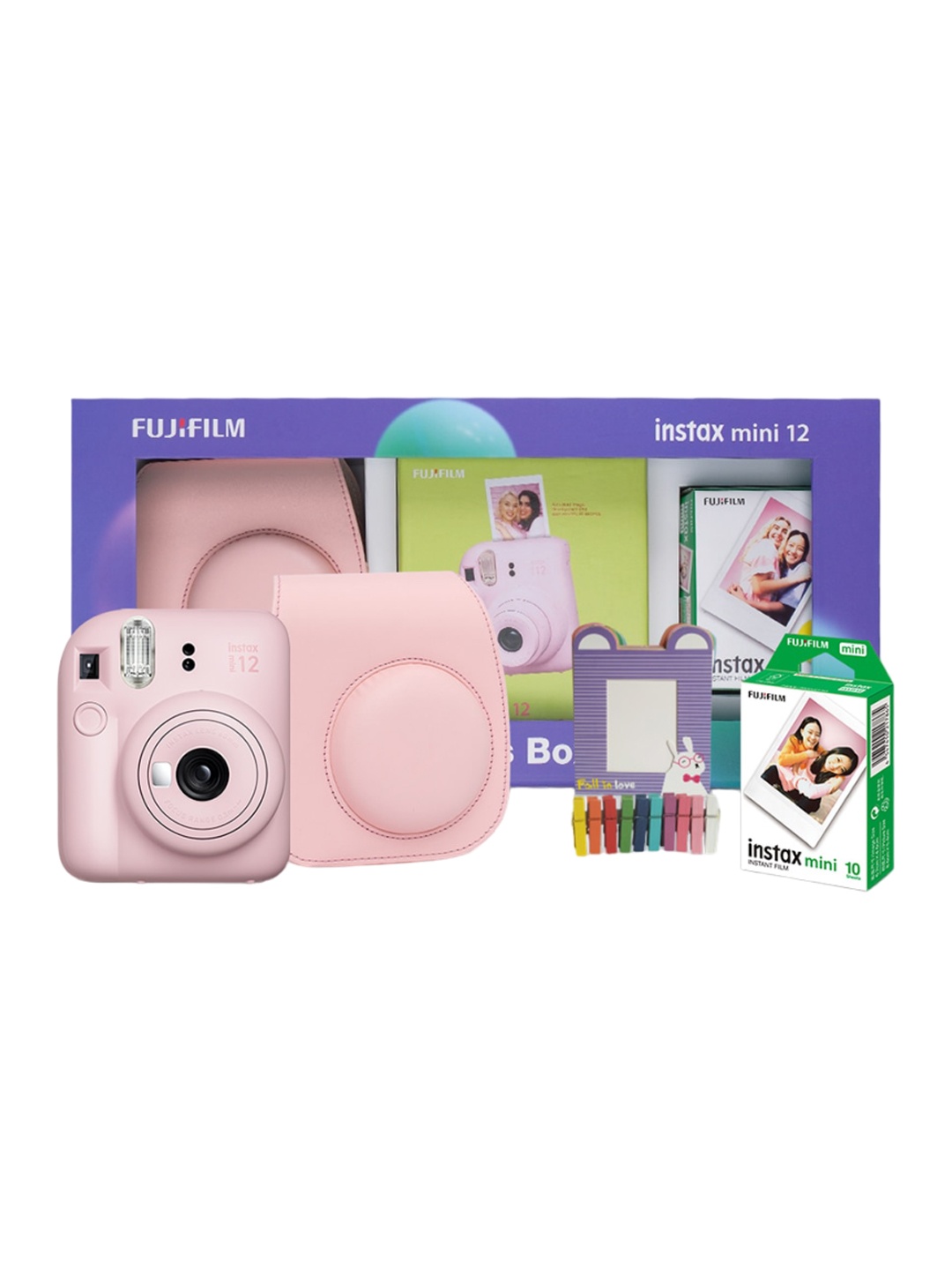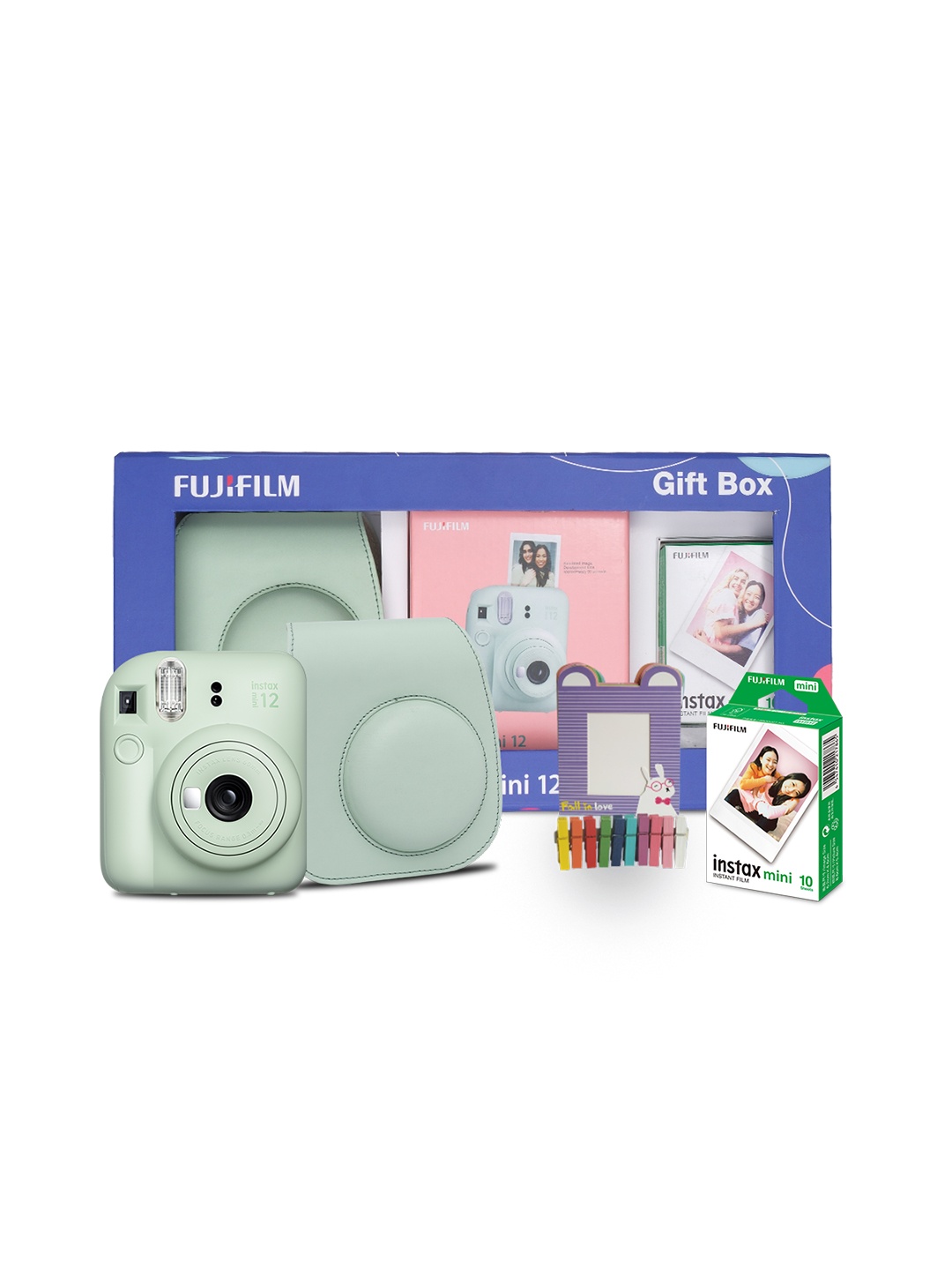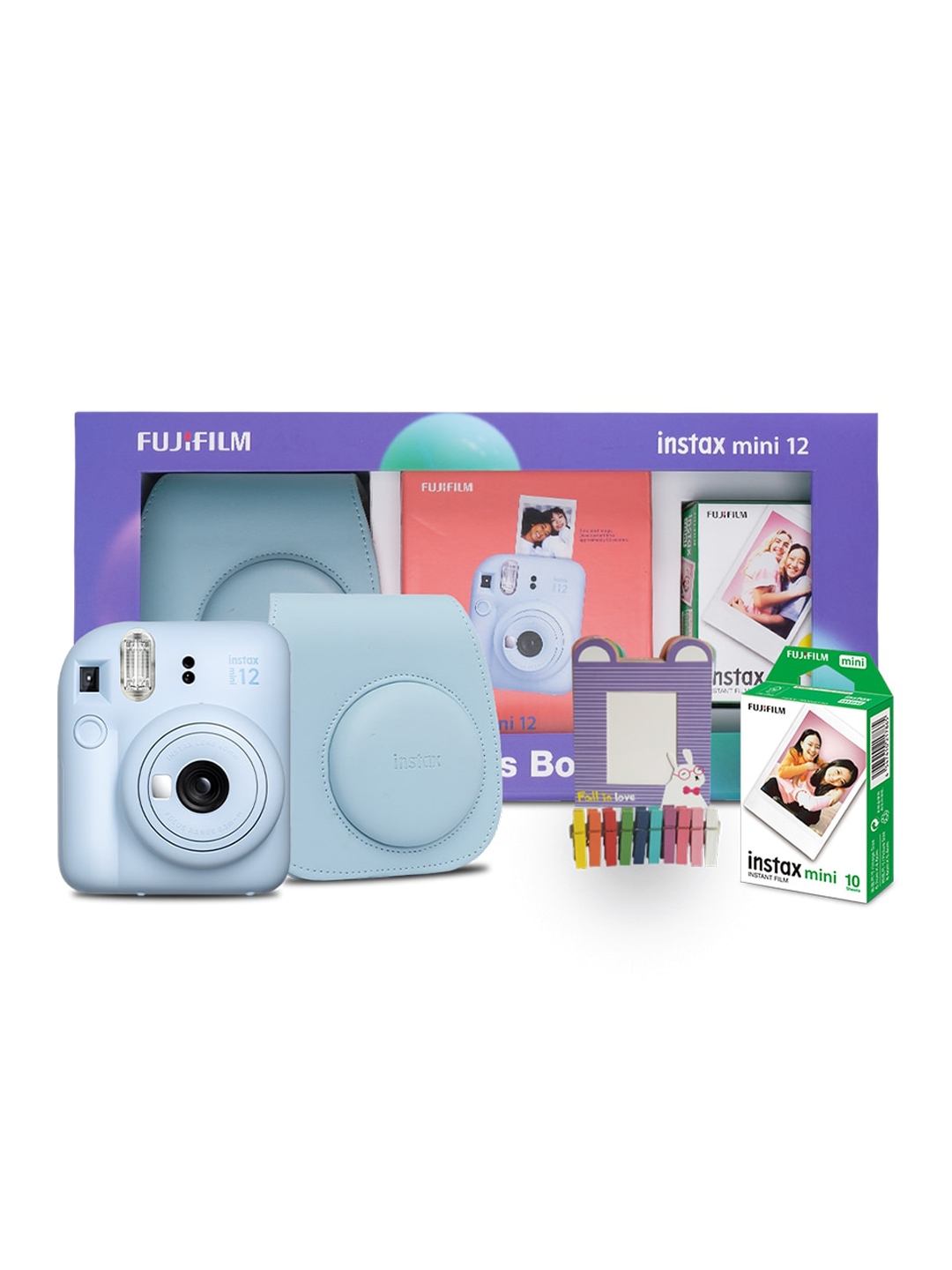Why Your Bluetooth Speaker Might Not Be Delivering Great Sound, And How To Fix It

There's nothing quite like playing your favourite playlist through a sleek Bluetooth speaker, whether you're cooking dinner, hosting a garden party, or simply vibing in your living room. But that joy can quickly fade when the music doesn't sound quite right. Maybe it's flat, lacking that punch, or worse, distorted beyond recognition.
Despite being convenient and stylish, Bluetooth speakers are often misunderstood when it comes to getting the best possible sound out of them. The good news? Most issues are easily fixable, and you don't need to be a sound engineer to sort them out. From placement to settings, a few thoughtful tweaks can turn a mediocre listening experience into something far more satisfying.
Let's unravel the common culprits behind disappointing speaker sound, and how to fix each one with ease.
Also Read: Turn Up The Volume: Grab Top-Rated Bluetooth Speakers Under ₹5,000 On Flipkart
1. Poor Speaker Placement
It's surprising how much impact the position of a Bluetooth speaker can have on sound quality. Stick it in a corner or on the floor, and it might sound like it's trapped inside a shoebox. The surfaces around the speaker, walls, furniture, and even windows, can reflect and absorb sound waves in odd ways, changing how your music is heard.
Placing the speaker on a hard surface or too close to walls can cause sound reflections that muddy the clarity. On the flip side, putting it too far from any surface might leave the sound feeling weak and directionless. Try positioning the speaker at ear level, on a stable surface, and away from corners. If you're in a larger room, consider angling the speaker slightly towards your main listening spot. You'll notice a difference almost immediately.
Think of your speaker like a performer, it needs the right stage to shine. The sweet spot for great audio often lies in subtle tweaks rather than dramatic moves.
2. Interference From Other Devices
Ever noticed the music cutting out, crackling, or sounding distorted when someone walks by? That might not be your imagination. Bluetooth relies on radio waves, and like any radio signal, it's vulnerable to interference. Wi-Fi routers, microwaves, and even your neighbour's smart devices could be muscling in on your speaker's airspace.
Interference often leads to dropouts or compressed sound, especially when multiple devices are connected to the same source. If your speaker supports it, switching to a less congested Bluetooth channel or moving the speaker away from other electronics can help. Also, keeping your phone or source device closer to the speaker reduces the chance of signal disruption.
In short, don't treat Bluetooth like a magic signal that works perfectly everywhere. Give it a clear line of sight and a bit of breathing room, and the difference will be music to your ears.
3. Low-Quality Audio Files Or Streaming
Even the fanciest Bluetooth speaker can't work miracles with low-bitrate audio. If you're streaming music at a low setting or playing downloaded tracks from years ago, it could be why your speaker sounds less than stellar.
Services like Spotify and Apple Music often stream in compressed formats to save data. While that's fine for casual listening, audiophiles and even casual listeners can pick up on the reduced detail and richness. It's like trying to appreciate fine art through a dirty window.
To upgrade your experience, check your streaming settings. Most apps let you choose audio quality, and select high or very high when on Wi-Fi. If you're using Bluetooth, some codecs like aptX and AAC offer better sound than the default SBC codec, though compatibility depends on both your speaker and phone. Using a higher-quality source can be one of the quickest wins for better sound.
4. Volume Levels Too High (or Too Low)
There's a sweet spot when it comes to volume, and it's not always at full blast. Pushing your speaker to its maximum volume can distort sound, flatten bass, and overwork the internal drivers. On the flip side, keeping the volume too low might not give the speaker enough power to project clearly.
If you're maxing out the volume on your phone and the speaker, it's no surprise if things start sounding strained. Ideally, keep your phone or source device at around 80% and adjust the speaker's volume from there. This balance allows your speaker to work within its comfort zone, preserving clarity and tone.
Volume isn't just about loudness, it's about control. Like a good conversation, your speaker performs best when it doesn't have to shout.
5. Battery Running Low
When the battery's nearly dead, your speaker might start sounding... tired. Many Bluetooth speakers enter a power-saving mode at low battery levels, which can reduce audio performance without any obvious warning.
If you've ever noticed your speaker sounding better just after a full charge, you're not imagining it. Some models throttle audio output or adjust settings to conserve power. It's a clever feature, but one that comes at the cost of sound quality.
Keep your speaker charged if you're planning a long listening session. Or, if your model allows it, plug it in during use to ensure consistent performance. Don't let a flat battery flatten your beats.
6. Speaker Design And Limitations
Let's be honest, size matters. Tiny speakers might be ultra-portable, but they simply can't move enough air to deliver deep bass or room-filling sound. Many of them use clever tricks like passive radiators to enhance low-end, but there are limits to what a compact design can achieve.
Before blaming the speaker, it's worth managing expectations. A palm-sized speaker won't perform like a bookshelf system. However, you can often get more out of it by pairing two identical models for stereo sound, placing it on a resonant surface like a wooden shelf, or using EQ settings to fine-tune the audio.
It's a bit like asking a bicycle to carry a sofa, it might work with some creativity, but it's not exactly what it was made for.
7. No EQ Or Sound Customisation
Out-of-the-box settings don't always suit your taste or your space. Many Bluetooth speakers come with default EQ settings aimed at the average listener. But your ears, music genre preferences, and room acoustics aren't average. They're yours.
Most modern speakers have a companion app or built-in EQ settings. Take a moment to explore them. Want deeper bass for your party playlist? Crank it up. Prefer crisp vocals for podcasts? Adjust accordingly. Some apps even offer presets for different genres or activities.
Customising the sound doesn't make you fussy, it makes you savvy. Why settle for generic when a few taps can create a sound that's truly tailored?
8. Firmware And Software Neglect
Software updates aren't just for phones, they matter for Bluetooth speakers too. Manufacturers often release firmware updates that fix bugs, improve connectivity, and even enhance sound performance.
If your speaker has an app, check for updates regularly. Older firmware might be the reason behind annoying quirks or inconsistent sound. Some updates optimise the Bluetooth codec, improve power efficiency, or unlock new features.
Think of it as giving your speaker a little tune-up now and then. It's a small step that can deliver surprisingly big benefits.
Products Related To This Article
1. MZ M406SP (PORTABLE BLUETOOTH SPEAKER) Dynamic Thunder Sound
2. F FERONS Wireless rechargeable portable Premium bass Multimedia FFRTG-113 9 W Bluetooth Speaker
3. Nu Republic 20 Upto 12 hrs Playtime with 52 mm Dynamic Drivers & X-BassTechnology 20 W Bluetooth Speaker
4. Mivi Fort S16 with 2 full range drivers, Made in India 16 W Bluetooth Soundbar
5. ZEBRONICS ZEB-Sound Feast 50 / ZEB-Sound Feast 51 14 W Bluetooth Party Speaker
6. Egate 222 | Dual Passive Radiator for 2x Bass with Ambient RGB Light
7. boAt Aavante Bar 520 w/ Dual Passive Radiators
8. boAt Bar 1550 Pro w/ Exquisite Design
Bluetooth speakers are marvellous bits of kit, portable, versatile and stylish. But like any good instrument, they need a little fine-tuning to perform their best. Whether it's repositioning your speaker, tweaking a few app settings, or simply being mindful of your source material, the difference between meh and magnificent sound is often just a few smart adjustments away.
Next time your speaker sounds off, don't rush to blame the device. Chances are, the solution is closer, and simpler, than you think. Treat your sound setup with care, and it'll repay you with rich, immersive audio that's music to your ears.
Disclaimer: The images used in this article are for illustration purpose only. They may not be an exact representation of the products, categories and brands listed in this article.






























